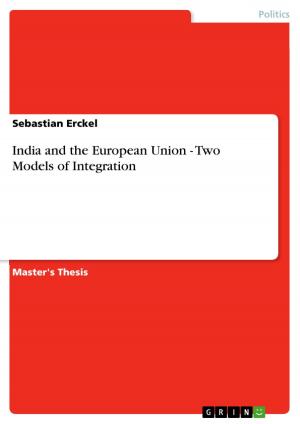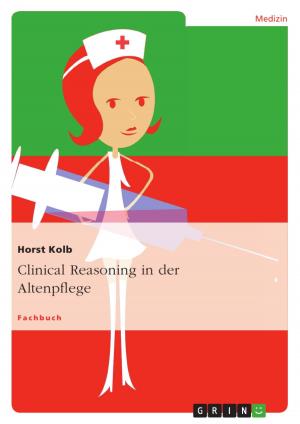The importance of gender in understanding Romanticism
Fiction & Literature, Literary Theory & Criticism, British| Author: | Melissa Grönebaum | ISBN: | 9783656587583 |
| Publisher: | GRIN Verlag | Publication: | February 4, 2014 |
| Imprint: | GRIN Verlag | Language: | English |
| Author: | Melissa Grönebaum |
| ISBN: | 9783656587583 |
| Publisher: | GRIN Verlag |
| Publication: | February 4, 2014 |
| Imprint: | GRIN Verlag |
| Language: | English |
Essay from the year 2013 in the subject English - History of Literature, Eras, grade: 2,0, National University of Ireland, Galway, language: English, abstract: During the last decades feminist literary criticism has increased and also looks back on the past of literary of Romanticism. 'The first stage in the feminist consideration was a sustained critique of the ways in which women where represented in poetry of the male Romantic poets in tandem with a consideration of why it was that there were so few women in the canon itself.' (Janowitz, Preface) Regarding this, the question of the importance of gender in understanding Romanticism in general comes up. What kind of role did women play during Romanticism, what did they mean within romantic poetic and who were those few female romantic writer, who did not only write poems but also novels, prose and polemics? 'Feminist literary criticism has been a crucial force of the development of what we now more broadly call 'gender studies''. (Janowirt, Preface) The present essay is to elaborate the feminist literary criticism and clarify the question about the importance of gender in understanding Romanticism. To do so, I will focus, on Jane Austen and Maria Edgeworth, with a special regard on her prose text Belinda, as well as on the works and the relationship of the Wordsworth's siblings, and especially the feminine as representation in texts written by William. During the Romantic era, which duration was from 1785, starting quite accurate with Wordworth's 'Lyrik Ballads', to 1832, emotion, feeling, original creation, obsession with nature, and the individual settled in all the art, including writing.
Essay from the year 2013 in the subject English - History of Literature, Eras, grade: 2,0, National University of Ireland, Galway, language: English, abstract: During the last decades feminist literary criticism has increased and also looks back on the past of literary of Romanticism. 'The first stage in the feminist consideration was a sustained critique of the ways in which women where represented in poetry of the male Romantic poets in tandem with a consideration of why it was that there were so few women in the canon itself.' (Janowitz, Preface) Regarding this, the question of the importance of gender in understanding Romanticism in general comes up. What kind of role did women play during Romanticism, what did they mean within romantic poetic and who were those few female romantic writer, who did not only write poems but also novels, prose and polemics? 'Feminist literary criticism has been a crucial force of the development of what we now more broadly call 'gender studies''. (Janowirt, Preface) The present essay is to elaborate the feminist literary criticism and clarify the question about the importance of gender in understanding Romanticism. To do so, I will focus, on Jane Austen and Maria Edgeworth, with a special regard on her prose text Belinda, as well as on the works and the relationship of the Wordsworth's siblings, and especially the feminine as representation in texts written by William. During the Romantic era, which duration was from 1785, starting quite accurate with Wordworth's 'Lyrik Ballads', to 1832, emotion, feeling, original creation, obsession with nature, and the individual settled in all the art, including writing.















